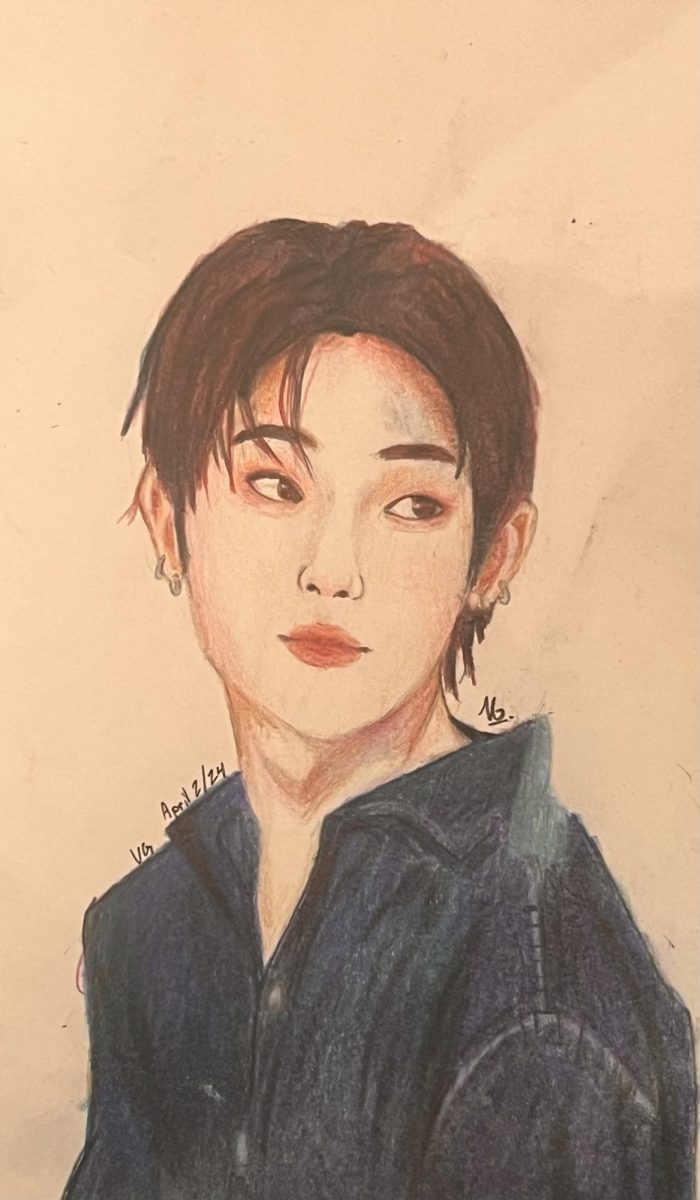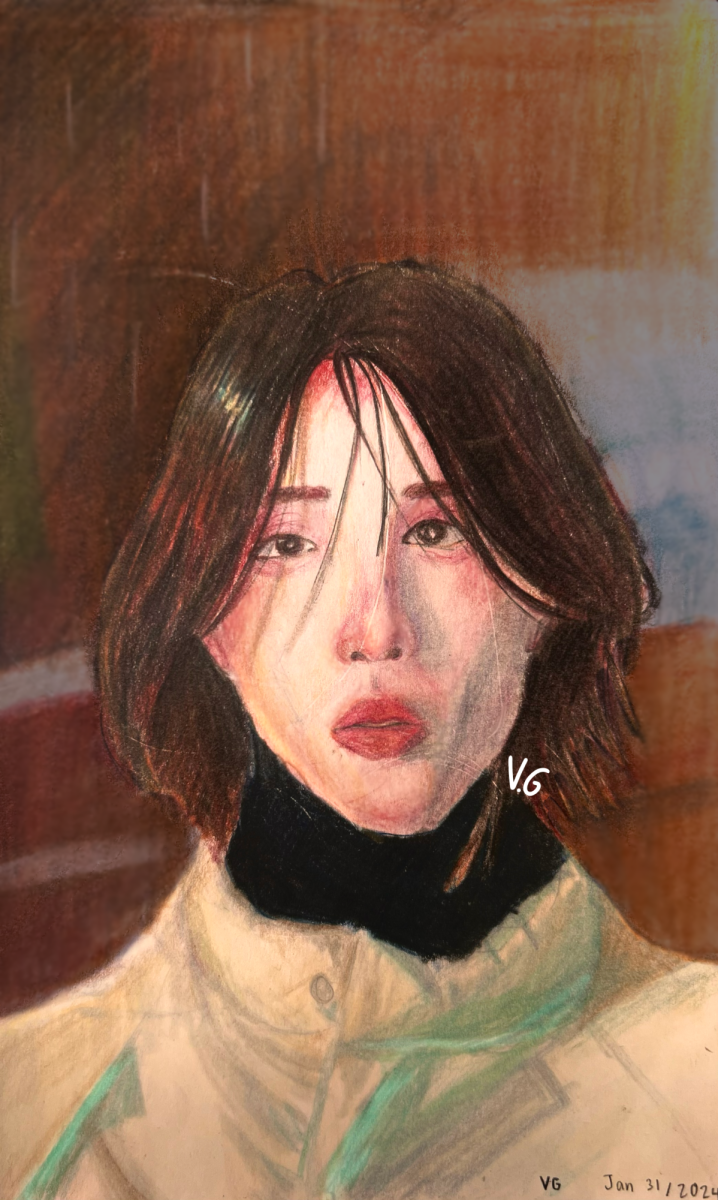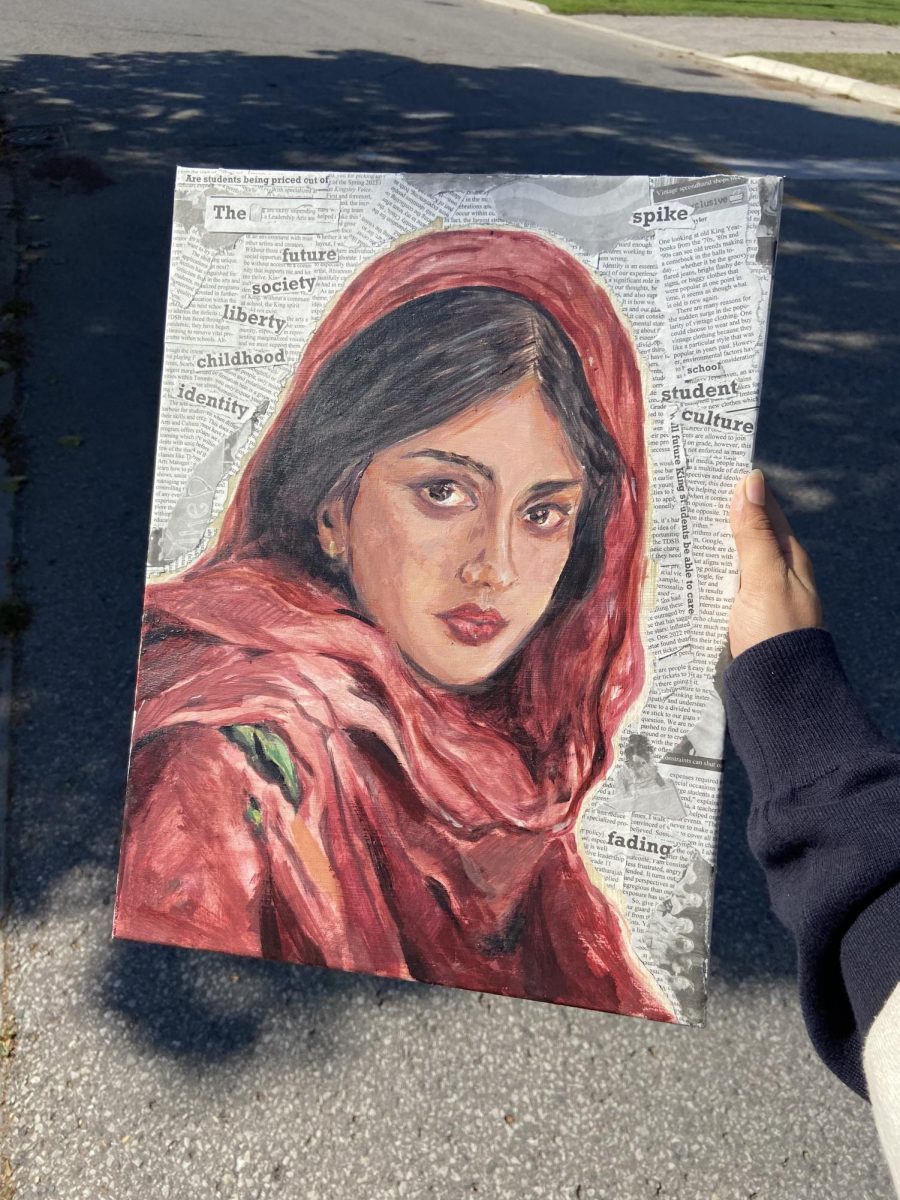Jackson Pollock (1912 – 1956) was a famous painter, best known for his famous drip technique where he would pour paint onto a canvas across the floor. He was also a major figure of Abstract Expressionism.
Abstract Expressionism is an art movement that took place in the United States, specifically in the 1940s and 1950s. This style has more to do with spontaneous paintings, in contrast to other traditional art styles.
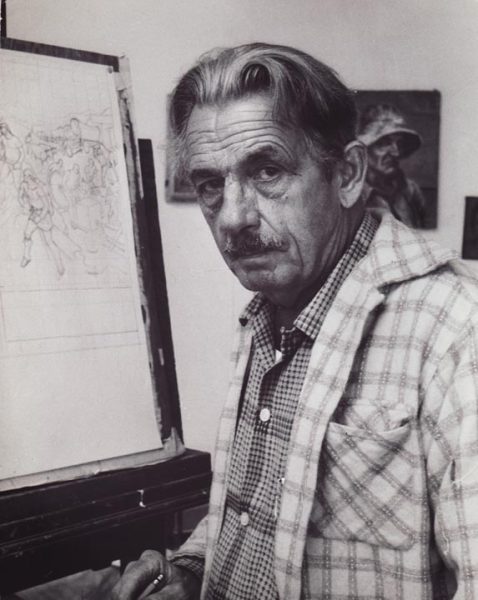
Born in Cody, Wyoming, Jackson was the youngest out of his 5 brothers. In 1928, he studied painting at Manual Arts High School in Los Angeles. He later moved to New York, to study under Thomas Hart Benton at the Art Students League. He studied life drawings, composition, and mural paintings.
From 1930-1931, Pollock posed for his teacher’s murals at the New School for Social Research. This knowledge of mural paintings influenced him to create paintings on a larger scale later on in his life.
He experienced homelessness for 2 years. In 1935, he was employed by the WPA Federal Art Project. Through this project, he received financial security during the harsh times of the Great Depression and an opportunity to develop his artistic skills.
Through Pollock’s art career, he had many sources of inspiration. His early works were influenced by his childhood environment and mentor, Thomas Hart Benton. His childhood environment inspired his first style of painting in the “American Scene” Style.
Similarly to Benton, some of Pollock’s early works have lots of regionalist elements, but he later moved towards abstract art.
Another artist that Pollock praised often was Albert Ryder: he related his approach to abstraction and personal expression. His later works better reflect this through his use of distinct colours and emotional depth.
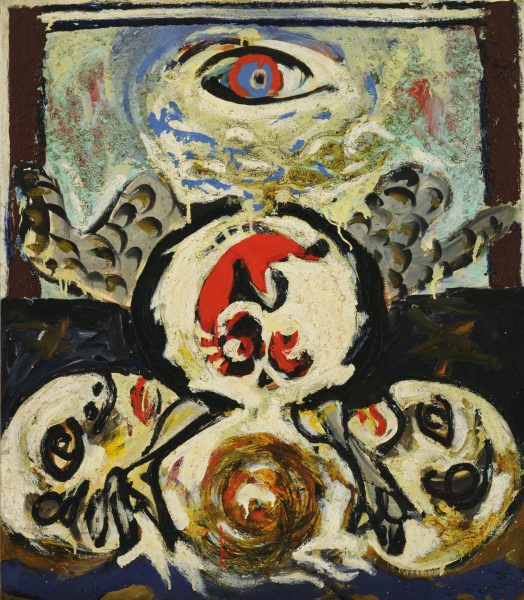
In 1937, Pollock began psychiatric treatment for alcoholism. A year later, he experienced a nervous breakdown which led him to be institutionalized for 4 months. This led to a large change in his artwork.
Much of his work became semi-abstract and began to incorporate elements from a variety of Spanish artists such as Picasso, Joan Miro and more. His work is also influenced by Jungian Symbolism. Key artworks from this period include Bird (1941), Male and Female (1942) and Guardians of the Secret (1943).
After the liquidation of the Federal Art Project in 1943, Pollock was given a contract by Peggy Guggenheim at her Art of the Century gallery in New York.
In 1947, Pollock began to experiment with the process of dripping paint onto a flat canvas. His most iconic works were formed using this technique such as the “Full Fathom Five.” This drip technique had a lasting effect on the art world.
Pollock’s drip technique is extremely different from traditional methods. Rather than well-planned brushstrokes, there are more colourful spontaneous splatters. This technique emphasizes the process of creating the artwork, instead of the final product. It is extremely performative, involving lots of movement across the canvas.

This form of art also encourages artists to experiment with their emotions and ideas in an abstract manner.
As a central figure in the Abstract Expressionist movement, Pollock was able to expand the definition of art through his use of the drip technique. Many artists took inspiration from his technique, contributing heavily to the development of contemporary art.
Sadly, Jackson Pollock passed away at the age of 44 in 1956, after driving under the influence of alcohol. This ended a significant chapter in the history of American art.




